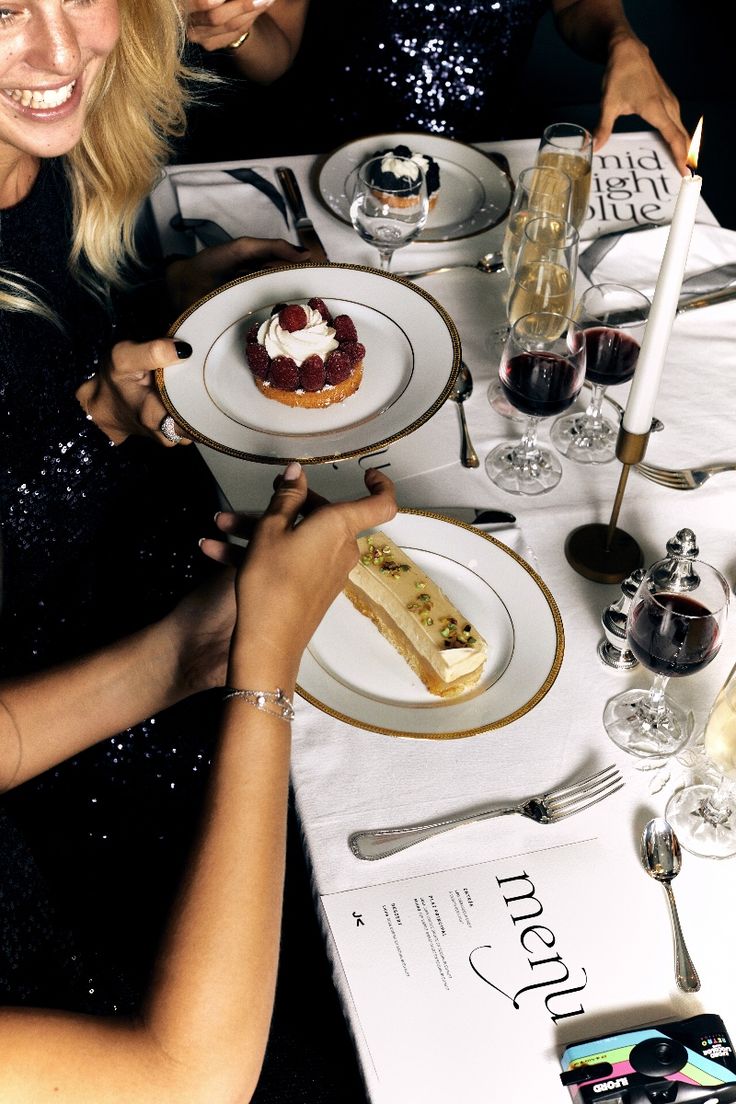Showing Your Heart: The New Currency of Trust in Restaurants and Bars

For a long time, hospitality was about polish. Seamless service. Perfect plates. The illusion that nothing behind the scenes ever cracked. But something’s shifted. In the post-perfection era, guests aren’t looking for flawless — they’re looking for feeling. The new currency of trust isn’t consistency. It’s honesty.
The End of the Polished Plate
We’ve entered what we’re calling the Age of Unmasking. Diners and drinkers are over curated, over-filtered experiences. They want to see the fingerprints — the heart behind the hospitality.
That means:
- The owner working the host stand on a slammed Friday night.
- The chef sharing where the fish came from and why it’s off the menu tomorrow.
- The cocktail bar that admits, proudly, that their glassware doesn’t match because every piece has a story.
In a world where AI can fake perfection, real imperfection feels like truth.

Vulnerability as Brand Strategy
For years, hospitality marketing chased sameness: perfect lighting, clean typography, a sea of beige tableware. Now, the brands getting noticed are the ones who dare to show their heart.
- Chez Noir shares staff meals on social, not just tasting menus.
- Trick Dog releases concept menus that read like poetry — equal parts chaos and genius.
- Row 34 talks openly about shucking, sweat, and sea air.
They’re not selling “restaurants.” They’re selling real people making things with intention.
Authenticity isn’t a buzzword. It’s a business strategy — and it’s one diners can feel the second they walk in the door.
The Human Economy
Consumers are wired for connection. We trust people, not platforms. That’s why the most powerful marketing isn’t paid content — it’s the quiet, human moments that happen inside your four walls.
When a bartender remembers your name after two visits, that’s loyalty.
When a restaurant shares its sourcing story, that’s transparency.
When a brand admits it’s learning or evolving, that’s vulnerability.
Trust is built not through “perfection,” but through proximity — emotional closeness that can’t be fabricated or automated.
Hospitality as Counterculture
In a world obsessed with frictionless efficiency, hospitality has become radical again. It’s slow, it’s sensory, it’s human.
Hospitality is where vulnerability and commerce meet — where brands say, “We see you, we’re here with you, and we’re not pretending.”
And that matters because culture is catching up. From fashion to tech to fine dining, we’re witnessing a return to the tactile, the transparent, the truthful. The quiet confidence of showing your heart — not your highlight reel.
What This Means for Branding
- Tell the story behind the story. Not just what you do, but why you care.
- Show the process. Let guests peek behind the curtain — from sourcing to service.
- Empower your people. Staff are your storytellers; let their personalities lead.
- Ditch the over-produced visuals. Trade glossy campaigns for real photography, handwritten notes, and lived-in details.
- Be emotionally available. Respond like a human. Speak in your own voice. Make room for grace and humor.
The takeaway? The next generation of guests can tell when your brand has a pulse.
In the Age of AI, Heart Wins
AI can predict behavior, but it can’t generate empathy.
It can write a caption, but it can’t tell a story from experience.
It can simulate hospitality, but it can’t deliver the heartbeat of it.
So when we say “show your heart,” we’re really saying: be irreplaceably human.
At ROY, we believe the future of hospitality brands will belong to those who show up as they are — cracks, quirks, contradictions and all. We help restaurants, bars, and hospitality brands find that pulse and put it front and center.
Because when you show your heart, people don’t just visit — they believe.
